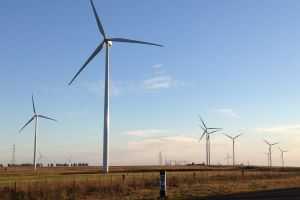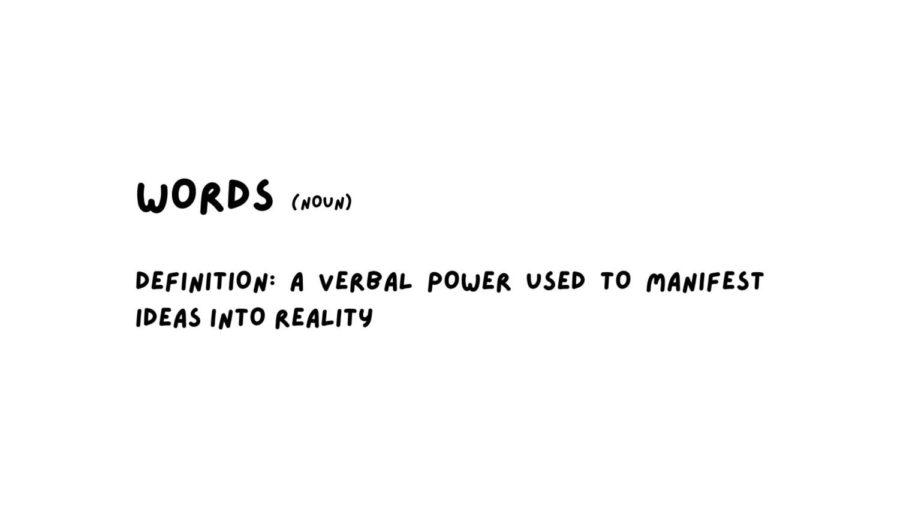Lowering Your Carbon Footprint by Not Getting Up from the Chair

Credit: Carbon Footprint, example of project in South America.
Despite how the world was going last year, there was one major positive that happened that is sort of unsurprising when you think about it. Overall carbon emissions were down last year due to less people moving around and people increasingly opting to stay at home or limit their exposure outside and less people wasting items as a lot of things were.
If this is the only good thing out of Covid, shouldn’t we continue our efforts to mitigate climate change? Thankfully, you do not need to do something as drastic as starting a pandemic, but there are two simple things that you can do that goes a long way. The first major thing you could do that would be most beneficial is to overall waste less food. It’s estimated that all the carbon emissions for food waste in America would equal roughly 37 million cars worth of carbon emissions, and that doesn’t even account for the methane gas created when food is just left to rot in a landfill instead of being decomposed. Food waste is responsible for 6% of global emissions. If it were it’s own country, it would be the 3rd highest emitter of emissions
The second major way would be buying carbon offsets. But what are these carbon offsets I am talking about? Carbon offsets are buying the equivalence of negating the carbon footprint you are causing by buying or funding clean energy projects, carbon negative developments, forest and tree restoration, and much more. This is extremely popular outside of America, but there are certainly some options available at home in the USA. Many companies in Europe are required to buy into these carbon offset programs to negate the GHG emissions they emit and their overall carbon footprint. There are many websites and companies out there that do this, and while it’s not exactly the hard solution to stopping climate change, it’s a great thing to try out and consider. For example, my house produces around 0.445 tons of CO2 a month, and I can offset it by investing around $4.38 in a wind power project in South America.
However this method of carbon offsets does sound a bit too true to be good, and it might be that way. One major drawback of the carbon offset projects is that you are not “truly” removing the carbon in the air, you are merely funding and supporting initiatives to trap, or remove or reduce or any other method of lowering greenhouse gas emissions, and there has been reports of fraud and improper use of obtained funds, and another drawback is that many nations outside of America have made much stronger commitments to environmentally-friendly projects and programs, possible lowering the true impact of your contribution. However at the end of the day, these are 2 simple ways that you can reduce your carbon footprint, since after all, reducing your carbon footprint is truly a “renewable” feat.
Your donation will support the student journalists of Ames High School, and Iowa needs student journalists. Your contribution will allow us to cover our annual website hosting costs.

Varun Prasanna is a current senior at Ames high. When he's not stressing out about school, he likes to play video games and tennis (both of which he sucks...












































